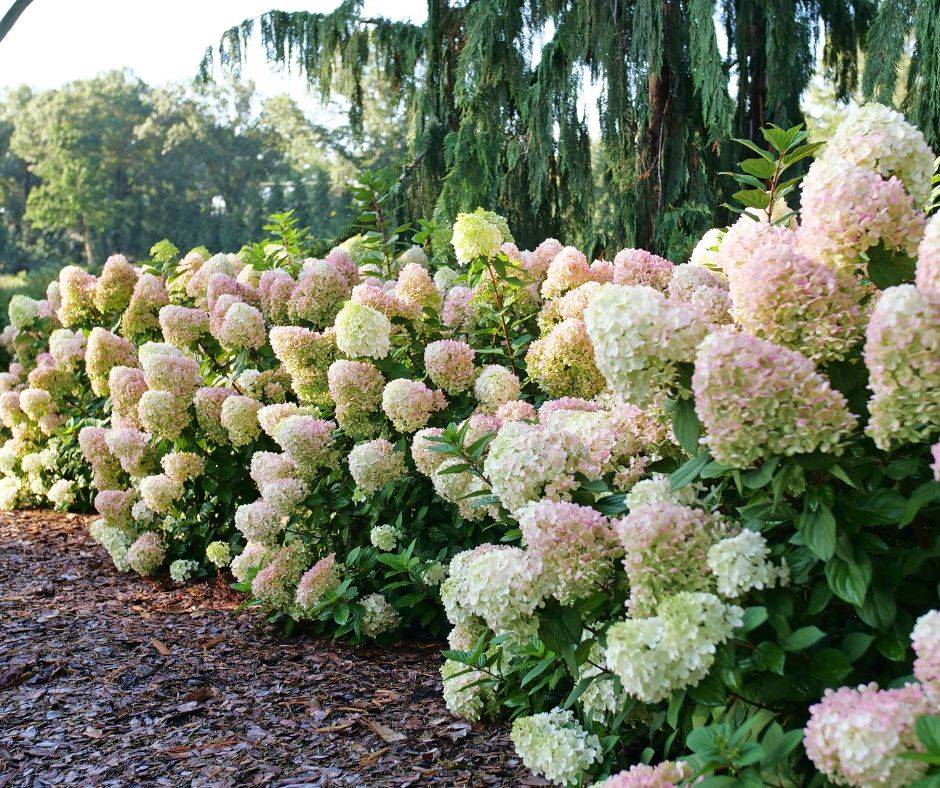Why Isn't My Hydrangea Blooming? 5 Possible Reasons
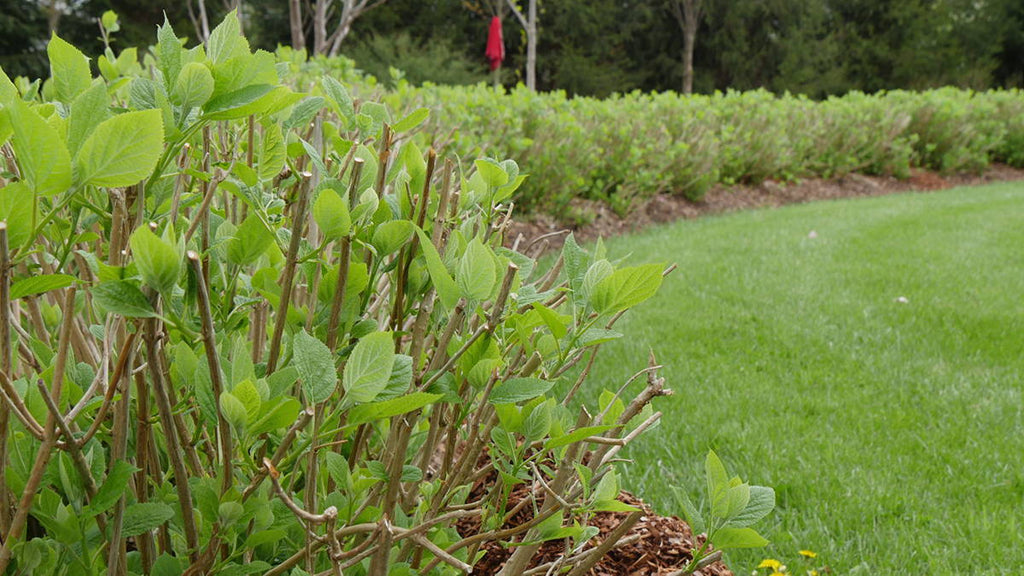
When should hydrangeas bloom?
Here is a short guide to help determine approximate time your hydrangea shrub could bloom:
Bigleaf Hydrangea: Late spring/early summer through fall.
Bracted Hydrangea: Late summer through early fall.
Smooth Hydrangea: Early summer through early fall.
Cascade Hydrangea: Late spring through summer.
Climbing Hydrangea: Late spring/early summer through late fall.
Mountain Hydrangea: Mid-summer through early fall.
Oakleaf Hydrangea: Late spring/early summer through fall.
Panicle Hydrangea: Mid-summer through through fall.
5 potential reasons your hydrangea might not be blooming:
#1. Too much sun, or not enough
If a hydrangea receives too much sun, it can suffer from various issues like leaf scorch, heat stress, and wilting that may hinder its growth and blooming potential. On the other hand, if a hydrangea doesn't receive enough sun, it can also encounter several challenges that affect its overall health and flowering abilities, including floppy stems and reduced blooms. Panicle, smooth, and bigleaf hydrangeas prefer full sun to part sun environments, while oakleaf and climbing hydrangea varieties are more tolerant of the shade.
Determining the levels of sunlight your shrub requires will depend on the type of hydrangea, whether it requires full sun, part sun, or shade, and your climate (hydrangeas in hotter climates need more shade than those in cooler places). Pictured: heat scorch on hydrangea leaves indicates the plant could use more shade or filtered light.
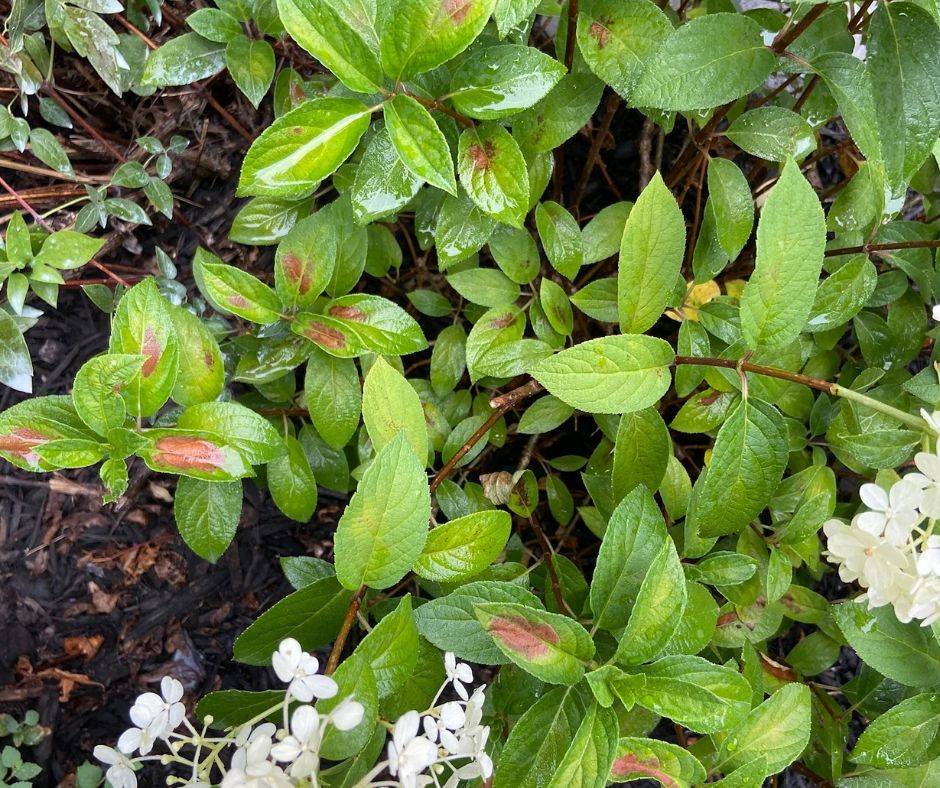
#2. Improper pruning
One of the most common problems from improper pruning is a decrease in blooming. Some hydrangeas bloom on old wood, forming flower buds during the previous season. If you prune these varieties too late in the year or during the spring, you may be removing the buds and, as a result, significantly reducing or eliminating the current year's blooms. Hydrangeas that bloom on new wood may experience delayed blooming if pruned in the late winter or early spring. The plant needs time to produce new growth and flower buds, so pruning too late can postpone the blooming period.
Proper pruning practices will help your hydrangea flourish! Discover the unique pruning requirements of your hydrangea HERE. Learn about which hydrangeas bloom on old vs new wood HERE.
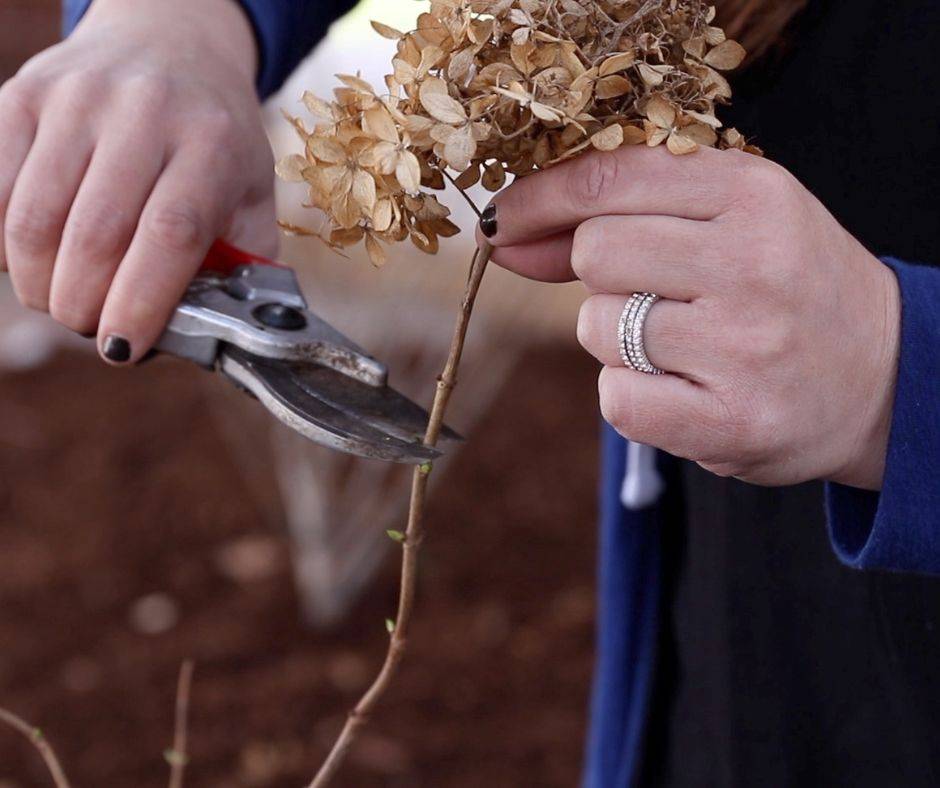
#3. Late season frost
This is primarily only the culprit for a lack of bloom on big leaf and mountain hydrangeas. Late-season frosts often occur during the spring when hydrangeas are starting to produce new growth. The sudden drop in temperature can cause the young hydrangea to freeze and become damaged and discolored. If your area received a late-season frost, not all hope is lost!
When temperatures begin to warm, and the possibility of frost has diminished, prune back the affected growth. Use sterilized pruning sheers and make a clean cut back to healthy growth to see blooms that same spring and summer season.
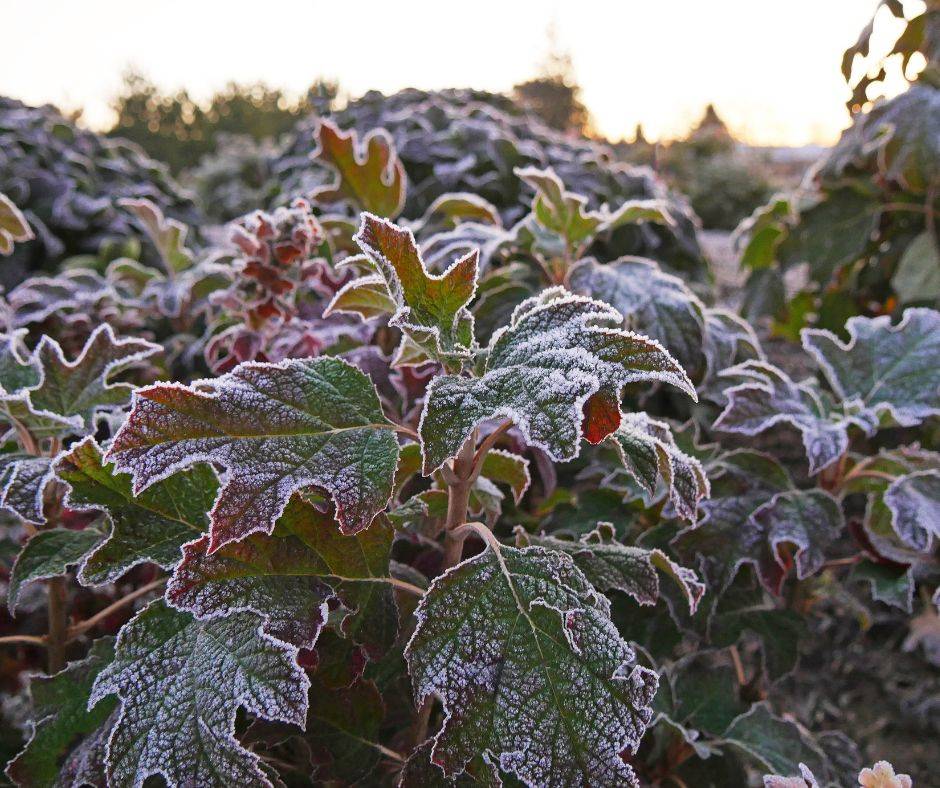
#4. Watering too often
When you overwater a hydrangea, it can lead to various issues that negatively affect the plant's health and overall well-being. Waterlogged soil can deprive the hydrangea of necessary nutrients, stunting its growth. A hydrangea that lacks proper watering often has dry, crisping leaves and browning. You may also notice that the plant appears smaller than expected and may struggle to develop new blossoms.
Watering too little can also stunt growth, so it's essential to reconsider your watering schedule to finalize what works best depending on your hydrangea type. So when does your shrub need water? Check out the video from Proven Winners ColorChoice Shrubs to learn more!
#5. Choosing the wrong hydrangea
Different hydrangea varieties have varying requirements regarding sunlight, soil type, climate, and space. If your hydrangea isn't blooming, there is a possibility that the one you planted isn't best suited for your growing zone or garden. Consider your specific growing zone HERE, then choose the right hydrangea for your garden:
